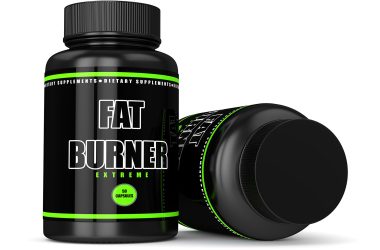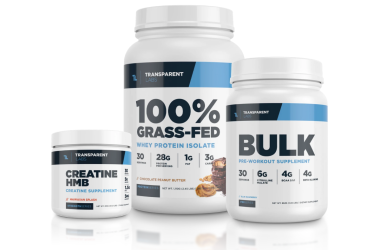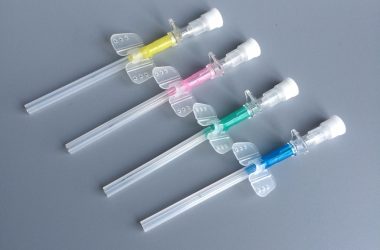Hypodermic needles are medical devices used to transfer fluids such as drugs, vaccines, blood products, or other liquids into or from the body. They come in different sizes and gauges to suit specific treatments to minimize side effects with efficient 34 gauge 4 mm needles. When selecting a needle for a particular task, it is important to understand the differences between sizes and gauges to make an informed decision. This article will provide an overview of hypodermic needles, including the various sizes and gauges available and what they mean.
What Is A Hypodermic Needle?
A hypodermic needle is made up of a hollow tube that has one sharp end (the tip) and one blunt end (the hub). It is typically made from stainless steel, but may also be made from plastic or other materials depending on its intended use. The size of the needle is determined by its length and diameter; this information is usually printed on the package or indicated by color-coded bands on the hub.
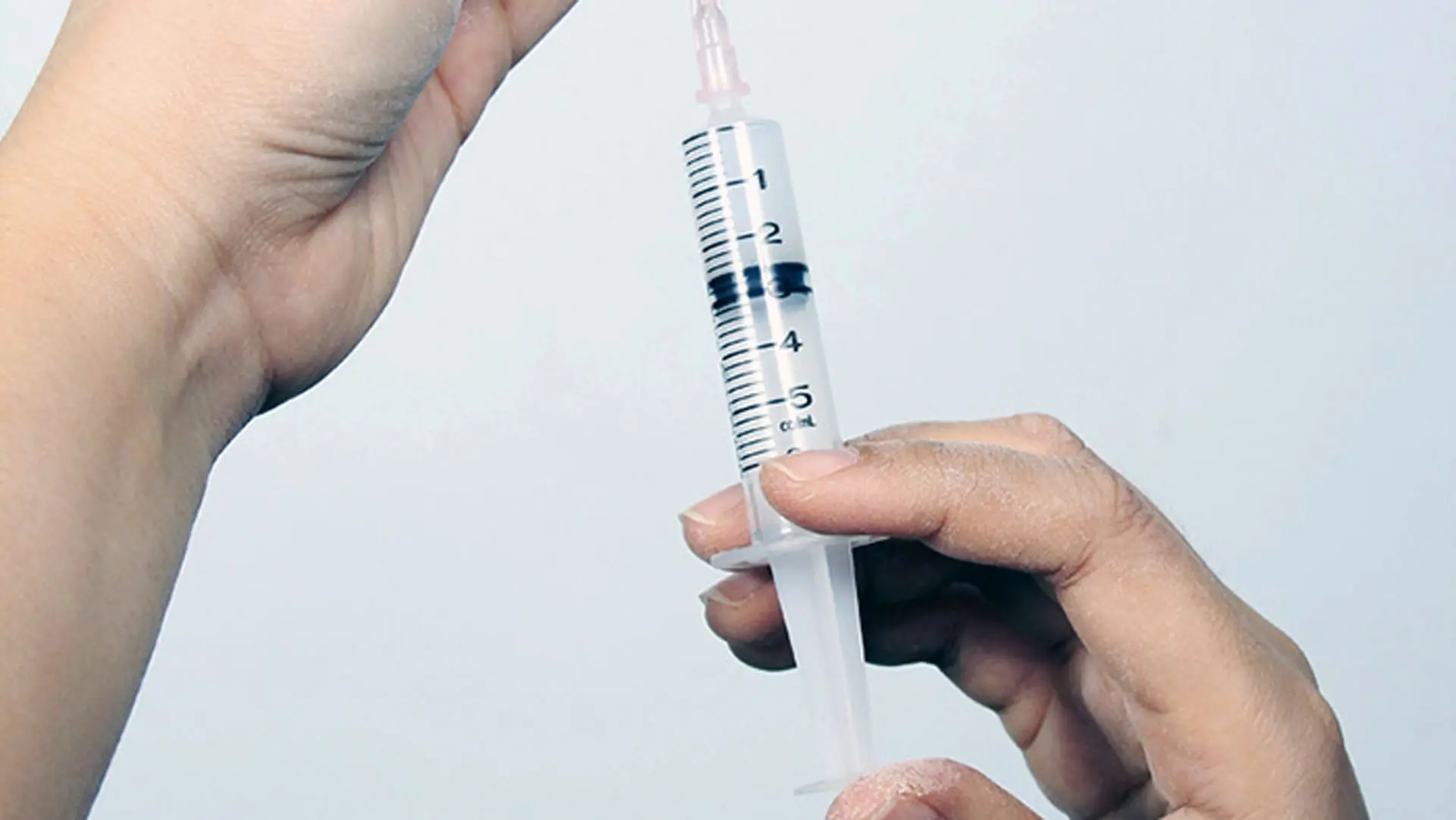
Needle Lengths
The length of a hypodermic needle refers to how long it is when inserted into the body; most commonly they range from 8mm to 12mm in length. For example, 8mm needles are generally used for intramuscular injections while longer needles (12mm) are preferred for subcutaneous injections because they ensure that fluid reaches deeper layers of skin tissue where absorption occurs more quickly.
Needle Gages
A hypodermic needle’s gage (or gauge) describes its thickness or width – larger numbers mean thinner needles and smaller numbers mean thicker needles. This number indicates how many fractions per inch (dpi) fit within 1 inch; for example, 40 fps means that 40 divisions fit within 1 inch, which is equivalent to a 0.25″ gauge (40 divided by 160). Common gauges range from 18-34; lower numbers indicate thicker needles with larger diameters, while higher numbers indicate thinner needles with smaller diameters (e.g. 28 gauge means 0.012 inches in diameter).
Subcutaneous injections: Smaller gauges
Subcutaneous injections require smaller gauge needles as they penetrate just below the surface of the skin but not deep enough to cause damage to the underlying tissue; therefore, thin 28-30 gauge needles are ideal for this type of injection as their small size minimizes discomfort during insertion and reduces potential scarring afterward due to the reduced trauma caused by a larger diameter needle piercing multiple layers of skin cells at once.
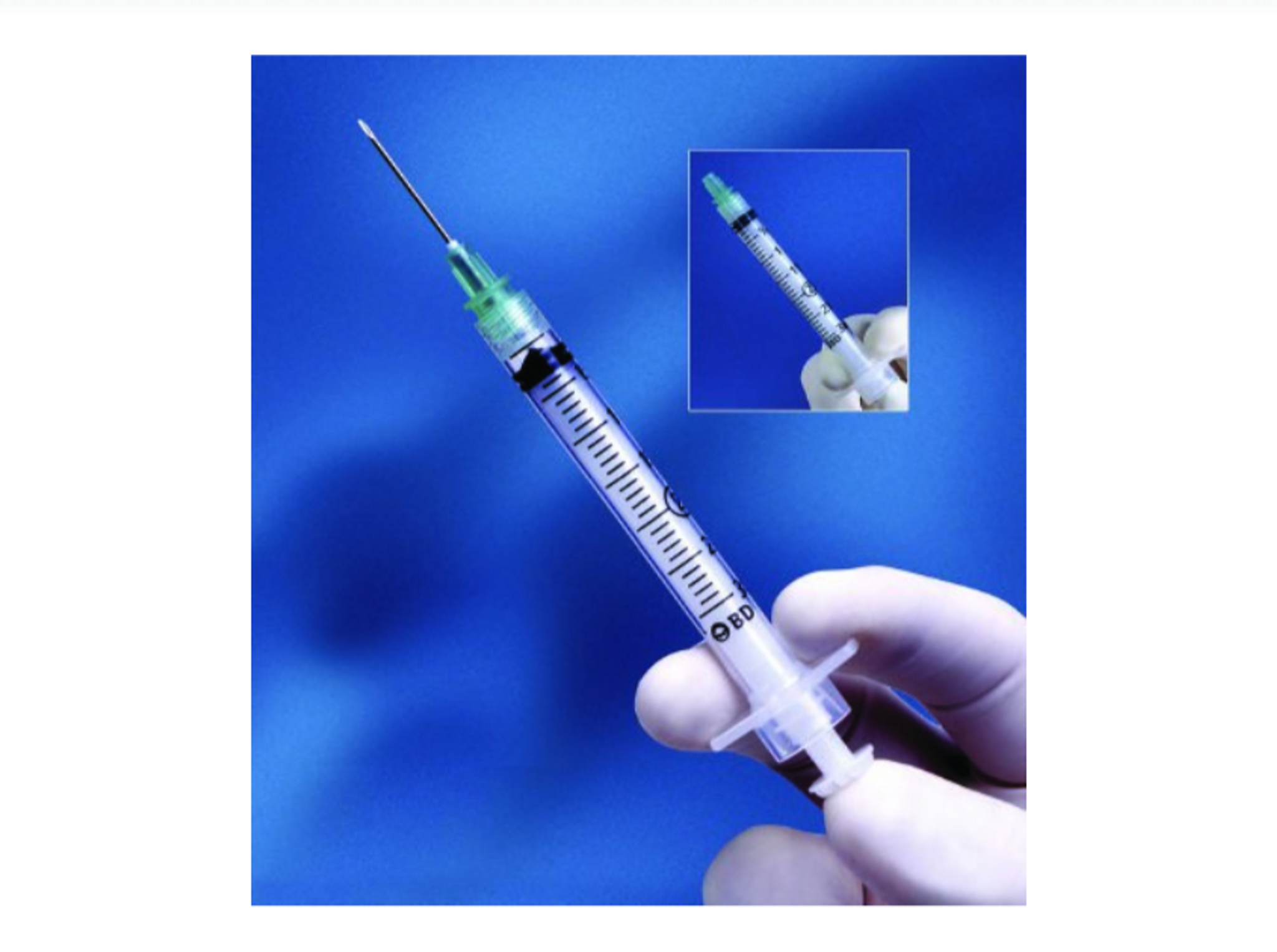
Intramuscular injections: Larger gauges
Intramuscular injections require larger gauge needles to penetrate deeply enough into muscle tissue without penetrating too far into other organs or bone structures; Therefore, thick 22-26 gauge needles are preferred as they offer maximum control over depth of penetration as well as reducing the chances of nerve damage due to their larger diameters, which inherently reduce any risk associated with accidentally “shooting” medication too far beneath skin layers during movement/adjustment attempts after insertion begins already within the body cavity itself – thus providing additional safety assurance here compared to slimmer counterparts 18-20 gauge varieties instead, despite being slightly less physically comfortable during delivery time itself, still overall regardless though ultimately.
Vaccine administration
Vaccines often require special types of hypodermic needles, such as the ‘butterfly’ style with two wings attached near the base, which allow for easier gripping onto the syringe barrel during the application process, allowing for smoother surface contact, helping to prevent accidental slippage during the procedure, thus leading to greater patient comfort levels even now, beyond what regular round models usually offer. Round models usually still offer otherwise alternatively either way by comparison contrast here all the same though regardless in actuality truthfully speaking matter of factly overall indeed whatever else might happen eventually maybe anyway hopefully sooner later best better worst worse no matter always eventually surely somehow someway sometime maybe who knows right?


